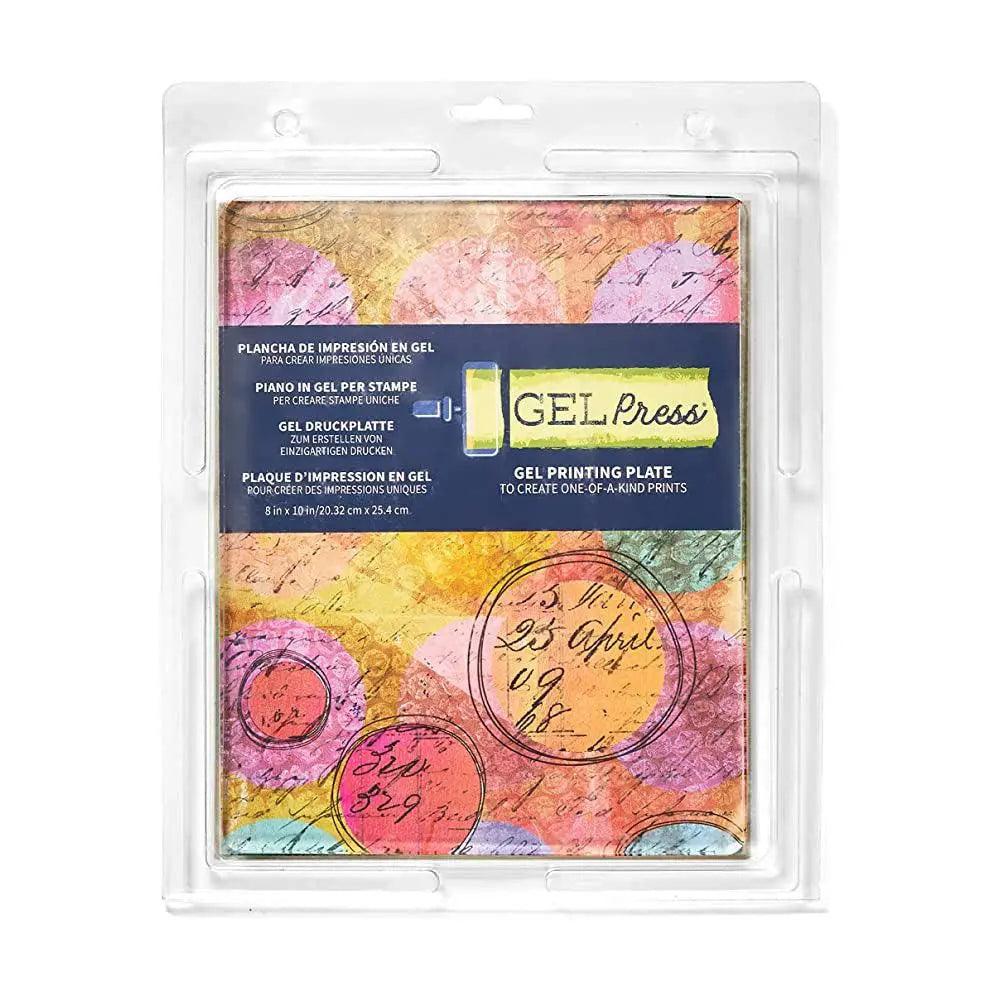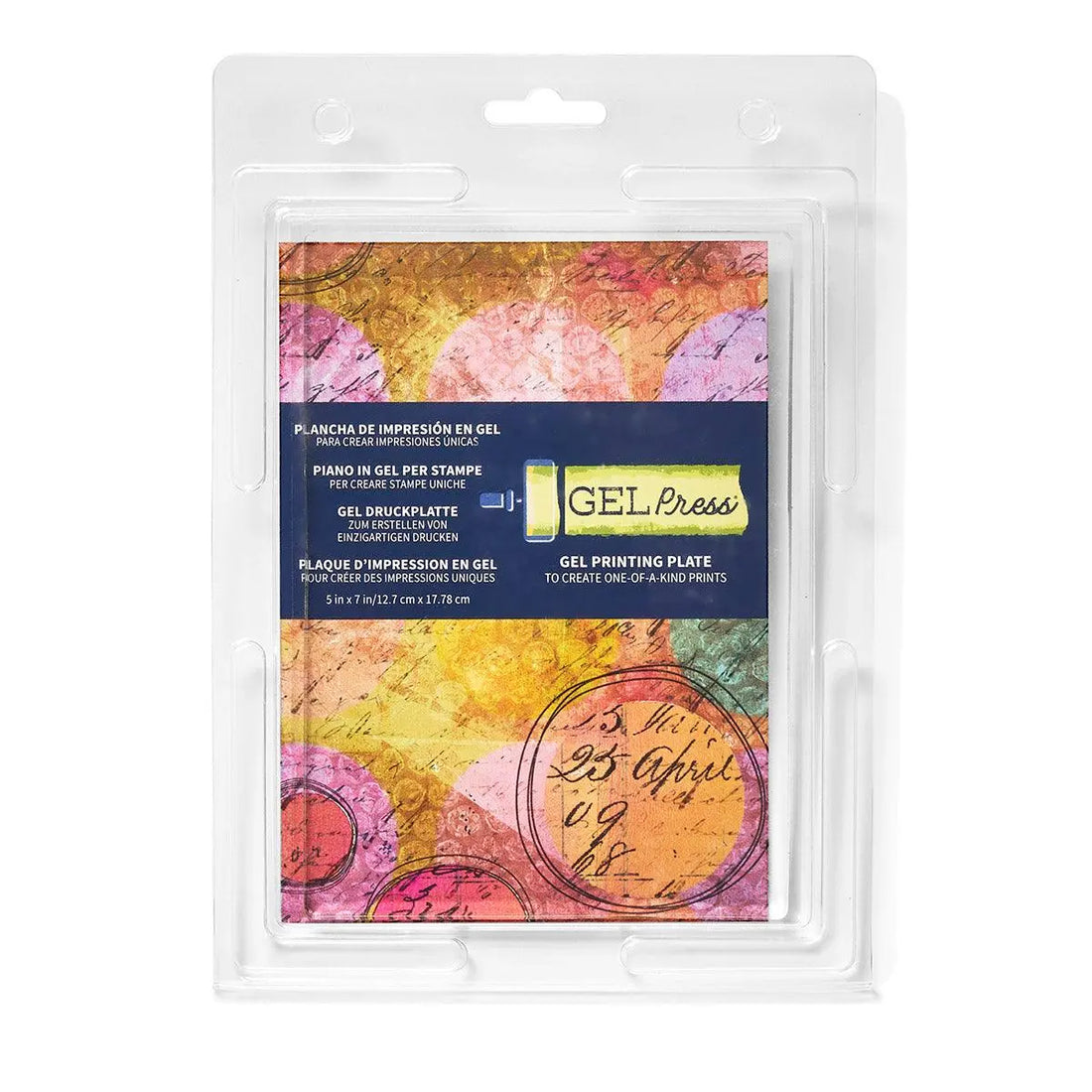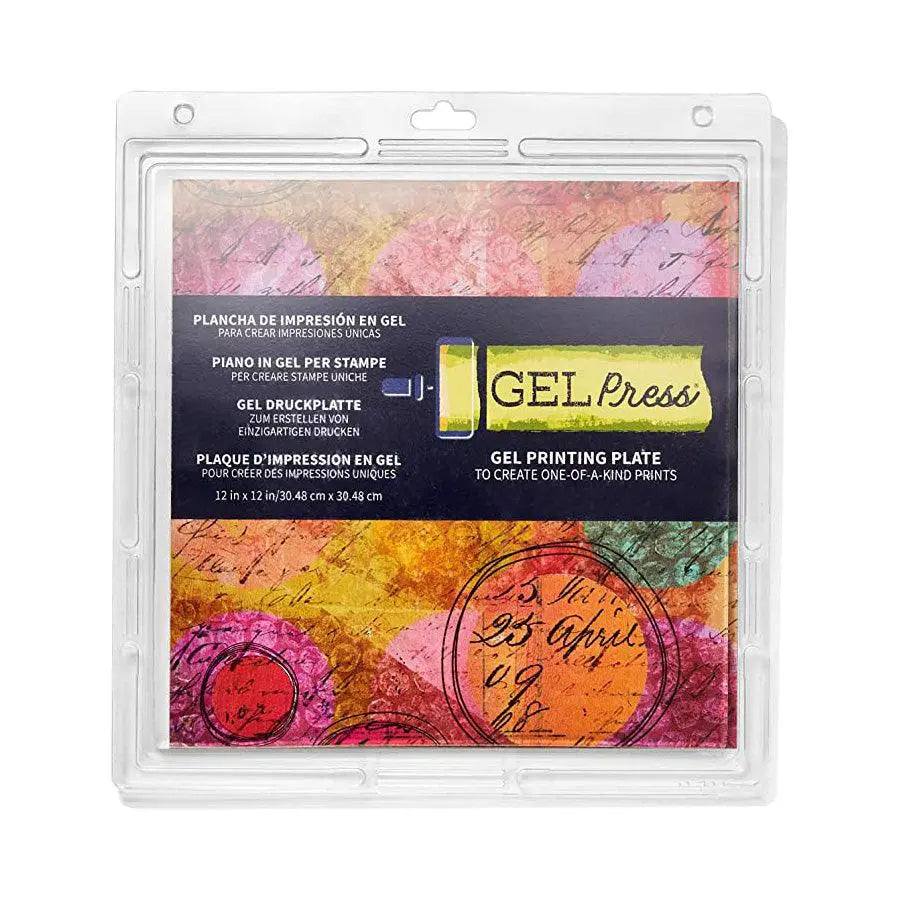Using Charcoal for Monoprinting
Monoprinting is the perfect outlet for artists looking to combine the thrill of spontaneity with precise, tangible results. It’s a process that’s meditative and a little magical, where each print is unique. And when you introduce the monoprinting technique to charcoal, you open new doors of creative expression. In this guide, we’ll take you from zero to confident with charcoal monoprinting, equipping you to harness the smoky beauty of this medium for your artistic journey.
The Allure of Monoprinting
Monoprinting is a printmaking process with endless possibilities, offering surprise and chance to the artistically-inclined. Unlike other printmaking techniques that produce a series of identical prints, monoprinting creates a singular piece each time, sometimes referred to as “the painterly print.” It’s a technique that lets you play with texture, contrast, and subtlety in a way that no other process quite achieves.
What is Monoprinting?
Monoprinting is a form of printmaking that involves drawing or painting on a smooth, non-absorbent surface, such as glass or metal. The image is then transferred onto a sheet of paper by applying pressure, either by hand or through a press. This technique results in a unique, one-of-a-kind print, as the process allows for only one or sometimes a few impressions to be made before the original image is wholly or partially lost.
Introduction to Charcoal for Monoprinting
Charcoal's history as an artistic medium is as rich and deep as the marks it leaves. Beginning in the early history of art, charcoal has long been revered for its tonal range and its ability to blend and shade. For the monoprinter, charcoal offers the additional dimension of texture, making each print as tactile as it is visual.
Understanding the advantages of charcoal for monoprinting can help you appreciate the medium's unique qualities. Charcoal’s versatile texturing ability, along with its rich, velvet tones that contrast beautifully on paper, make it a powerhouse in monoprinting. It can also be used delicately in detailed work or expressively for bold, graphic pieces, which in monoprinting is a crucial spectrum of versatility.
Advantages of Using Charcoal for Monoprinting
Charcoal is highly regarded for its expressive potential and offers a range of deep, rich blacks. Its versatility allows for a wide spectrum of effects, ranging from sharp and defined lines to velvety and soft textures. The dry and dusty nature of charcoal adds a uniquely flawed charm to prints, with smudges and irregularities contributing to the character of the final piece.
Advantages of using charcoal for monoprinting:
- Expressive potential: Charcoal allows artists to create a wide range of expressive marks and textures, enhancing the visual impact of monoprints.
- Rich blacks: Charcoal produces intense black tones that add depth and contrast to monoprints, making them visually captivating.
- Versatility: Artists can achieve a variety of effects with charcoal, ranging from fine lines to broad strokes, enabling them to explore different artistic styles.
- Texture: The granular texture of charcoal adds a tactile quality to monoprints, creating visual interest and enhancing the overall aesthetic.
- Flawed charm: The inherent imperfections of charcoal, such as smudges and irregularities, contribute to the unique and organic feel of monoprints, making them visually distinctive.
Using charcoal for monoprinting offers artists a dynamic and engaging medium to express their creativity and create visually stunning artworks.
Disadvantages of Using Charcoal for Monoprinting
While charcoal has many advantages for monoprinting, there are also some drawbacks to consider. For instance, the dry and dusty nature of charcoal can be messy and challenging to control, which may not be suitable for every artist's working style. Additionally, due to its delicate nature, charcoal may smudge or transfer onto other areas of the print unintentionally.
Disadvantages of using charcoal for monoprinting:
- Messy: The dry and dusty nature of charcoal can create a mess while working, making it challenging to control the medium.
- Delicate: Charcoal is a delicate medium that can easily smudge or transfer onto other areas of the print, potentially affecting the final result.
- Requires practice: Using charcoal for monoprinting requires practice and experimentation to achieve the desired effects, which may be time-consuming for some artists.
- Difficult to correct: Once applied, charcoal can be challenging to remove or correct without affecting other areas of the print, making it a less forgiving medium compared to others.
Despite its drawbacks, with proper technique and practice, these challenges can also become strengths, adding a unique character to monoprints.
The Unique Properties of Charcoal Ink
Charcoal ink, also known as carbon black ink, is a popular option for monoprinting due to its rich dark tones and archival quality. Unlike traditional charcoal, which can be messy and challenging to control, charcoal ink offers a more controlled and consistent application. It also allows for the creation of fine lines and intricate details, making it ideal for artists who prefer a more precise and refined approach to monoprinting.
Unique properties of charcoal ink:
- Rich dark tones: Charcoal ink produces deep, rich blacks that add depth and contrast to monoprints, making them visually striking.
- Controlled application: Unlike traditional charcoal, charcoal ink can be applied in a controlled and consistent manner, enabling artists to create fine lines and intricate details.
- Archival quality: Charcoal ink is lightfast and resistant to fading, ensuring the longevity of monoprints over time.
- Versatility: Charcoal ink can be used with a variety of tools, such as brushes, pens, or markers, allowing for a range of effects and techniques in monoprinting.
By understanding the unique properties of charcoal ink, artists can utilize its qualities to their advantage and create captivating monoprints.
Essential Charcoal Monoprinting Supplies
Setting yourself up for success in charcoal monoprinting is a matter of the right materials and a creative mindset. Your basic toolkit should include:
- Charcoal Sticks, pencils or liquid charcoal: These are your main drawing tools and come in various densities, each producing a unique effect on your print.
- Blank Newsprint: For a smooth, erasable surface to apply your charcoal and create the image.
- Inking Gel Plate: This is where the final print will be made.
- Rollers: To spread your printing ink on the inking plate evenly.
- Brayers: Similar to rollers but used for applying pressure to your printing paper on the inking plate to transfer the image.
The Charcoal Monoprinting Process
The process of charcoal monoprinting involves drawing on paper over an inked surface (usually a plate). The drawing process transfers the charcoal onto the paper, creating a print with the added depth and texture characteristic of charcoal work.
Step-By-Step
- Prepare Your Workspace: You’ll need a clean, flat surface with easy access to water, inks, and your printing tools.
- Draw on Newsprint: Use your charcoal to create the image you desire on the newsprint. Remember, it will be a mirror image in the final print.
- Ink the Plate: Roll out a thin, even layer of ink on the plate. The ink should be tacky, not slippery.
- Apply Charcoal Print Side Down: Place your drawing, charcoal side down, onto the inked plate. Rub the back of the newsprint to ensure good contact.
- Press and Peel: Use the brayer to apply even pressure across the paper. Slowly peel back the newsprint to reveal your print.
Check out this video from Gel Press Artist Mark Wills for a step-by-step video tutorial.
Techniques for Expressive Charcoal Monoprinting
To truly make your monoprints come alive, mastering a range of techniques is essential. Charcoal monoprinting can be as complex or as straightforward as you choose, allowing for fine line work or broad gestural strokes like mark-making, blending, smudging, and layering.
- Mark-Making: Discover the different marks and how they translate onto paper. Straight lines, circular motions, crosshatching, and stippling all offer unique visual languages.
- Blending and Smudging: Use your fingers, erasers, and cloth to blend and smudge the charcoal, creating gradients and softening edges for a more painterly effect.
- Layering: Explore how to layer your prints effectively. Begin with light tones and increase the darkness in each layer to create depth and dimension.
Troubleshooting Your Charcoal Monoprinting
As with any artistic process, unexpected challenges can arise. Being prepared to troubleshoot will save you time and materials.
Uneven Transfer
If your print has areas where the ink or charcoal didn't transfer, don't worry, there are ways to fix it. First, try adjusting your pressure and technique when applying the ink or charcoal. Experiment with applying more or less pressure and varying your strokes to see if it improves the transfer.
Another factor to consider is the choice of materials. Different papers and surfaces can yield different results. Try using a smoother or more absorbent paper, or experiment with different types of surfaces like fabric or wood. Additionally, consider trying different inks or charcoal materials to see if they provide better transfer.
Remember, don't be discouraged by imperfections. Sometimes, these imperfections can add intrigue and uniqueness to your print. Embrace them as part of the artistic process and the character of your work. Keep experimenting and refining your technique to achieve the desired results.
Inconsistent Pressure
Inconsistent pressure when pressing the paper onto the inked plate can create uneven and blotchy prints. This issue occurs when the pressure is not evenly distributed across the paper or when the ink is not properly transferred. To fix this issue, you can try the following:
- Adjust your pressure: Make sure to apply consistent and even pressure when pressing the paper onto the inked plate. Avoid pressing too hard or too lightly in certain areas.
- Use a brayer instead of hands: Using a brayer, a roller specifically designed for printmaking, can help distribute the pressure more evenly and ensure a smoother transfer of ink.
- Add more layers: If you are experiencing uneven transfers, try adding more layers of ink to the plate. This can help compensate for any areas that didn't receive enough ink during the initial application.
By implementing these techniques, you can improve the quality of your prints and achieve a more even transfer of ink.
Smudges
Using fixatives sparingly is crucial to prevent smudging, as excessive use can lead to unwanted results. Smudges can occur when prints are mishandled or touched without caution. To troubleshoot this issue, consider the following steps:
- Use a soft brush to gently remove any loose debris or dust from the surface of the print before applying fixatives.
- Apply fixatives in thin, even layers, allowing sufficient drying time between each application.
- When handling prints, avoid touching the areas where fixatives have been applied to minimize the risk of smudging.
- If necessary, wear gloves when moving prints to further protect them from fingerprints or smudges.
- Store prints in protective sleeves or frames to shield them from potential damage during storage or transportation.
By following these steps, you can ensure that your prints remain in pristine condition, free from smudges or unwanted marks.
Ink Drying Too Quickly
If your ink dries before you can take a print, it can be frustrating. However, there are steps you can take to troubleshoot this issue.
First, try working in smaller sections when applying the ink. This will help prevent the ink from drying too quickly. Make sure to apply the ink and immediately press the paper with the brayer to ensure proper transfer.
If working in smaller sections doesn't solve the problem, you can also try adjusting the amount of ink you apply. Experiment with applying a thinner layer of ink and see if that helps prevent it from drying too quickly.
Additionally, you can try using a different type or brand of ink. Some inks may have a faster drying time than others, so switching to a different ink might resolve the issue.
Remember, troubleshooting this issue may require some trial and error. Don't be afraid to experiment and find the best technique that works for you.
Conclusion
Whether you’re a seasoned artist looking to expand your toolkit or a beginner eager to explore new mediums, charcoal monoprinting offers a satisfyingly unique experience. With this beginner’s guide, you now have the foundational knowledge to bring your visions to life through the smoky allure of the charcoal monoprint. So grab your gear, clear your workspace, and let the monoprinting adventure begin!






